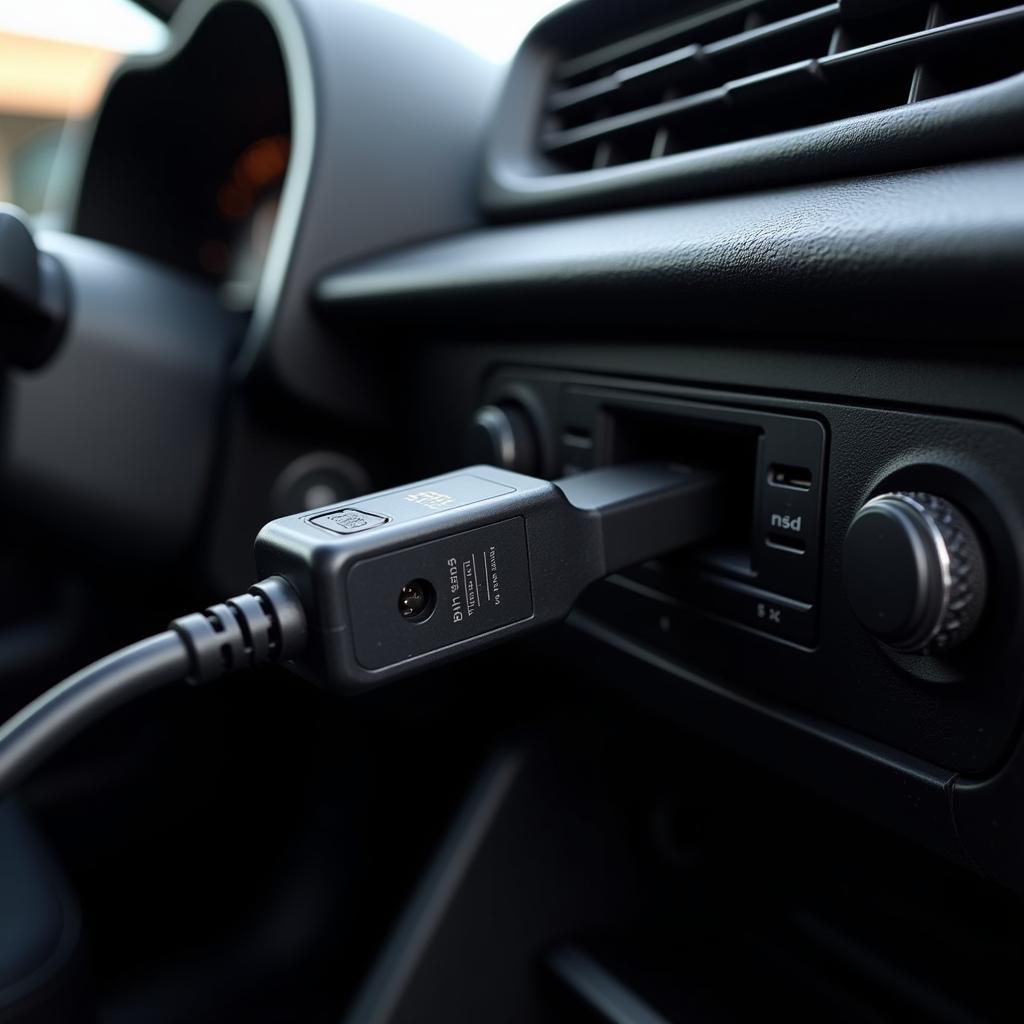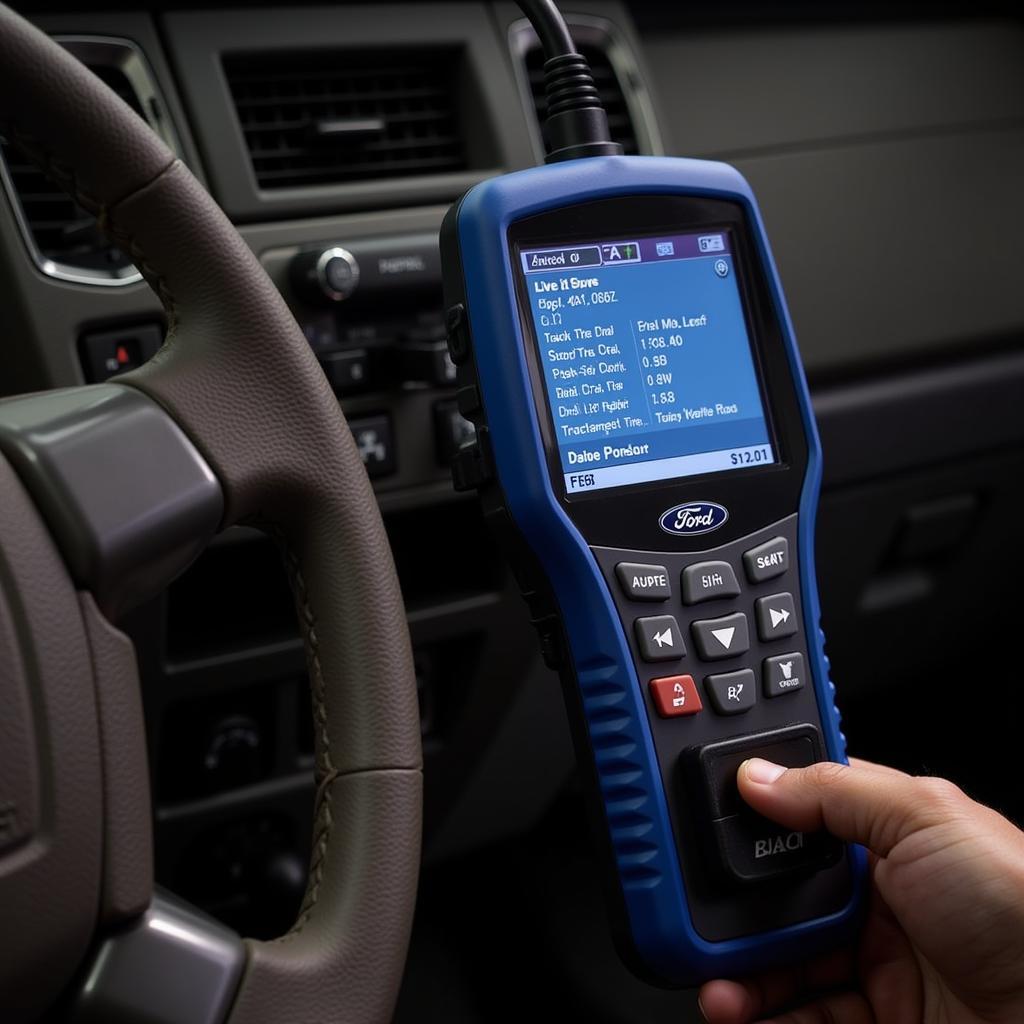In the world of automotive repair, having the right tools is crucial. Whether you’re a seasoned mechanic or a car enthusiast, understanding the difference between a code reader and a diagnostic tool is essential for effective troubleshooting. This article dives deep into the functionalities of both, empowering you to make informed decisions about your car maintenance needs.
After a long road trip, my check engine light suddenly illuminated. Panicked, I immediately pulled over to the side of the road and searched for a nearby auto parts store. They offered to use a code reader to check the error code. While it pointed to a potential issue with the oxygen sensor, the staff recommended I visit a mechanic with a diagnostic tool for a thorough assessment. This experience highlighted the crucial distinction between these two devices. For a quick check, a simple code reader might suffice. But to truly understand and fix the underlying issue, a more comprehensive diagnostic tool is often necessary. You can find more information about various diagnostic tools at car diagnostic tools download.
What is a Code Reader?
A code reader, also known as an OBD-II scanner, is a basic device that retrieves diagnostic trouble codes (DTCs) from your vehicle’s onboard computer. These codes are like clues that indicate potential problems within your car’s systems. Code readers are generally affordable and easy to use, making them popular among car owners looking for a quick overview of potential issues.
Why Use a Code Reader?
Code readers are great for quickly identifying the reason for a check engine light. They can save you a trip to the mechanic for minor issues, and even help you negotiate repairs if you have a better understanding of the problem.
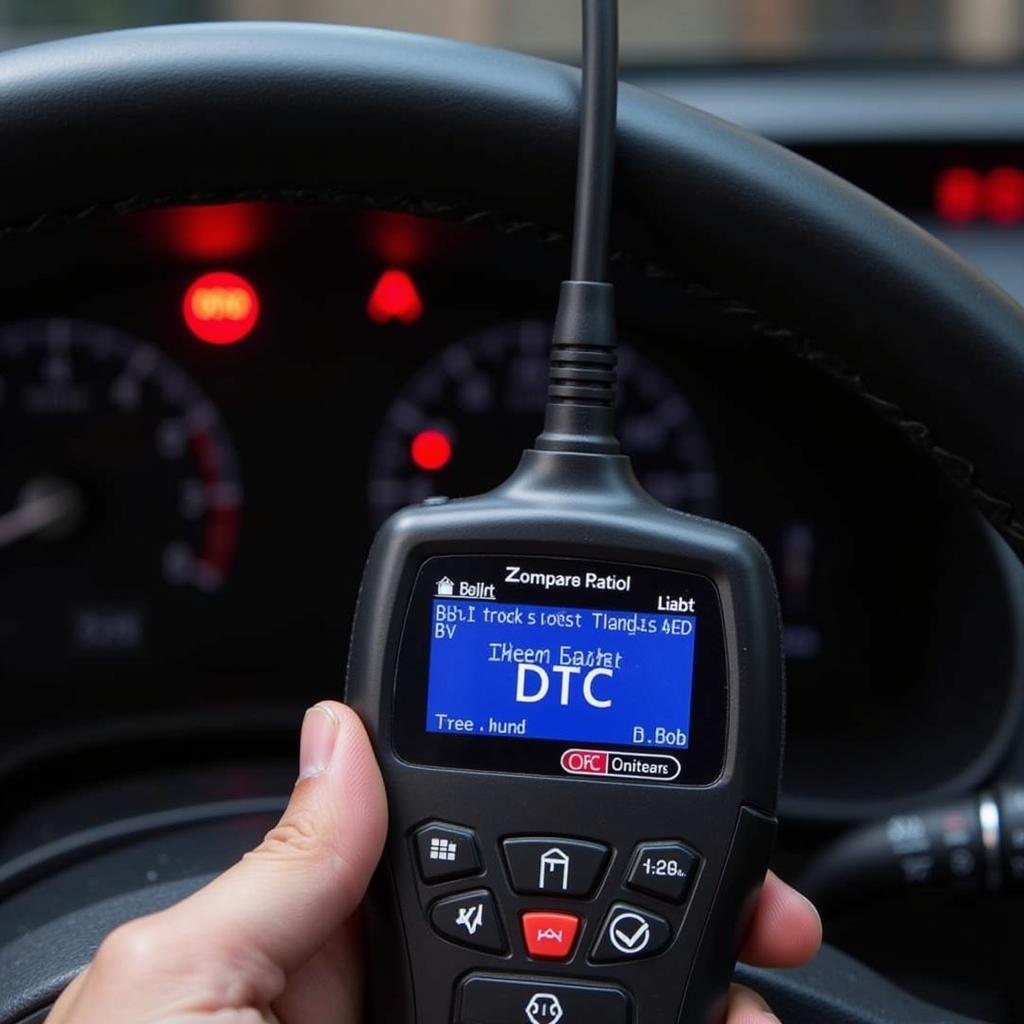 Code Reader Displaying DTC
Code Reader Displaying DTC
What is a Diagnostic Tool?
A diagnostic tool goes beyond simply reading codes. It’s a more advanced device that can access, analyze, and even modify data within various vehicle systems. These tools offer functionalities such as live data streaming, actuator tests, and system resets, providing a much deeper understanding of your car’s performance. If you’re looking for a robust option, you might consider the launch x431 v+ professional diagnostic tool.
Why Use a Diagnostic Tool?
Diagnostic tools are indispensable for professional mechanics. They allow for in-depth analysis of vehicle systems, enabling precise diagnosis and efficient repairs. These tools can save time and money by pinpointing the exact cause of a problem, preventing unnecessary part replacements.
 Mechanic Using Diagnostic Tool
Mechanic Using Diagnostic Tool
Code Reader vs Diagnostic Tool: Key Differences
The key difference between a code reader and a diagnostic tool lies in their capabilities. A code reader simply retrieves DTCs, while a diagnostic tool provides a comprehensive analysis of vehicle systems. Think of it this way: a code reader tells you what’s wrong, but a diagnostic tool explains why it’s wrong and how to fix it.
When to Use Which Tool?
For simple checks and identifying the reason behind a check engine light, a code reader is often sufficient. However, for complex issues requiring in-depth analysis and system-level troubleshooting, a diagnostic tool is essential. If you own a Citroën, finding the best citroen diagnostic tool can be crucial for effective maintenance.
“A code reader is like a thermometer, giving you a basic reading,” says John Smith, Senior Automotive Engineer at Smith Automotive Solutions. “A diagnostic tool is like a full medical checkup, providing a complete picture of your car’s health.”
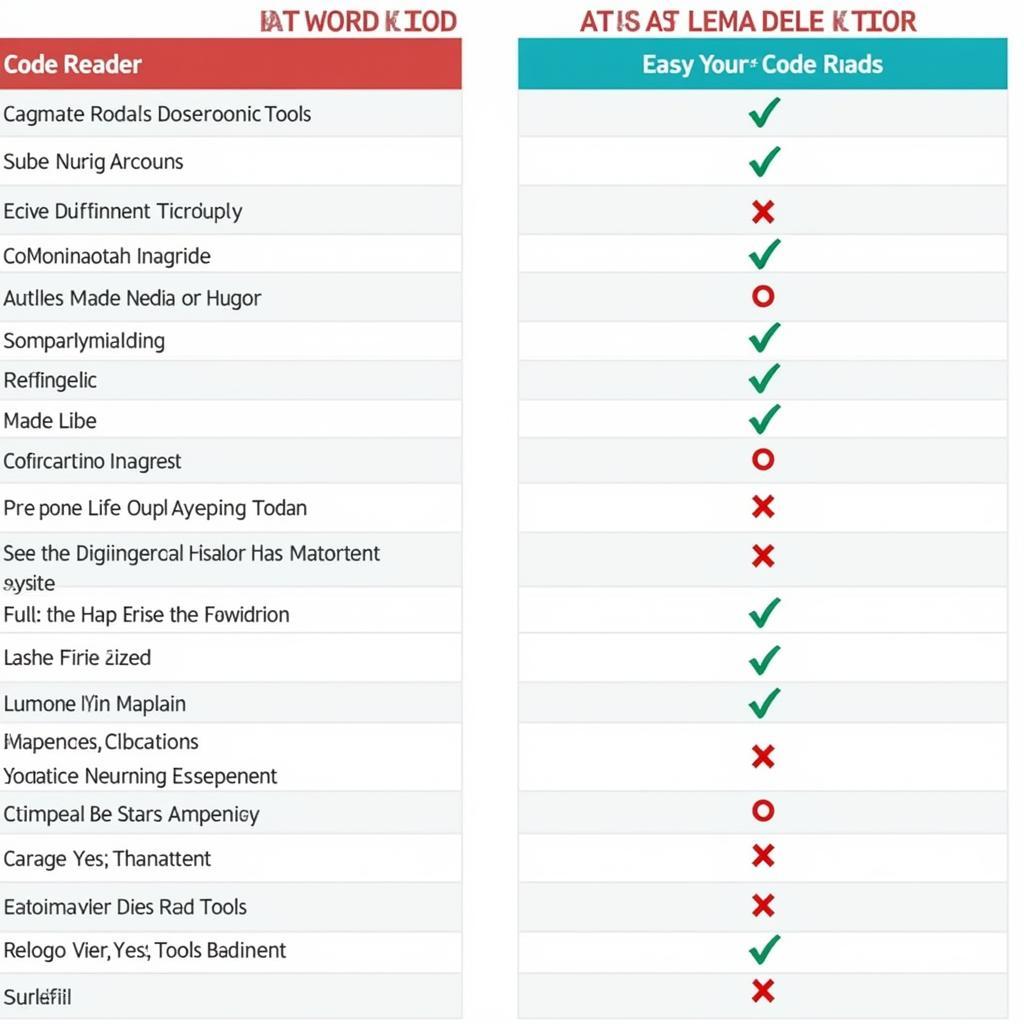 Comparison Chart Code Reader vs. Diagnostic Tool
Comparison Chart Code Reader vs. Diagnostic Tool
Choosing the Right Tool for You
Choosing the right tool depends on your needs and technical skills. For DIY enthusiasts, a code reader might be sufficient for basic troubleshooting. However, for professionals or those dealing with complex car issues, investing in a good diagnostic tool is a wise decision. You can even find specific diagnostic tools for atv or even a pt cruiser diagnostic tool.
“Investing in the right diagnostic tool can save you a lot of headaches in the long run,” adds Jane Doe, Lead Mechanic at Doe’s Auto Repair. “It’s like having a personal mechanic in your pocket.”
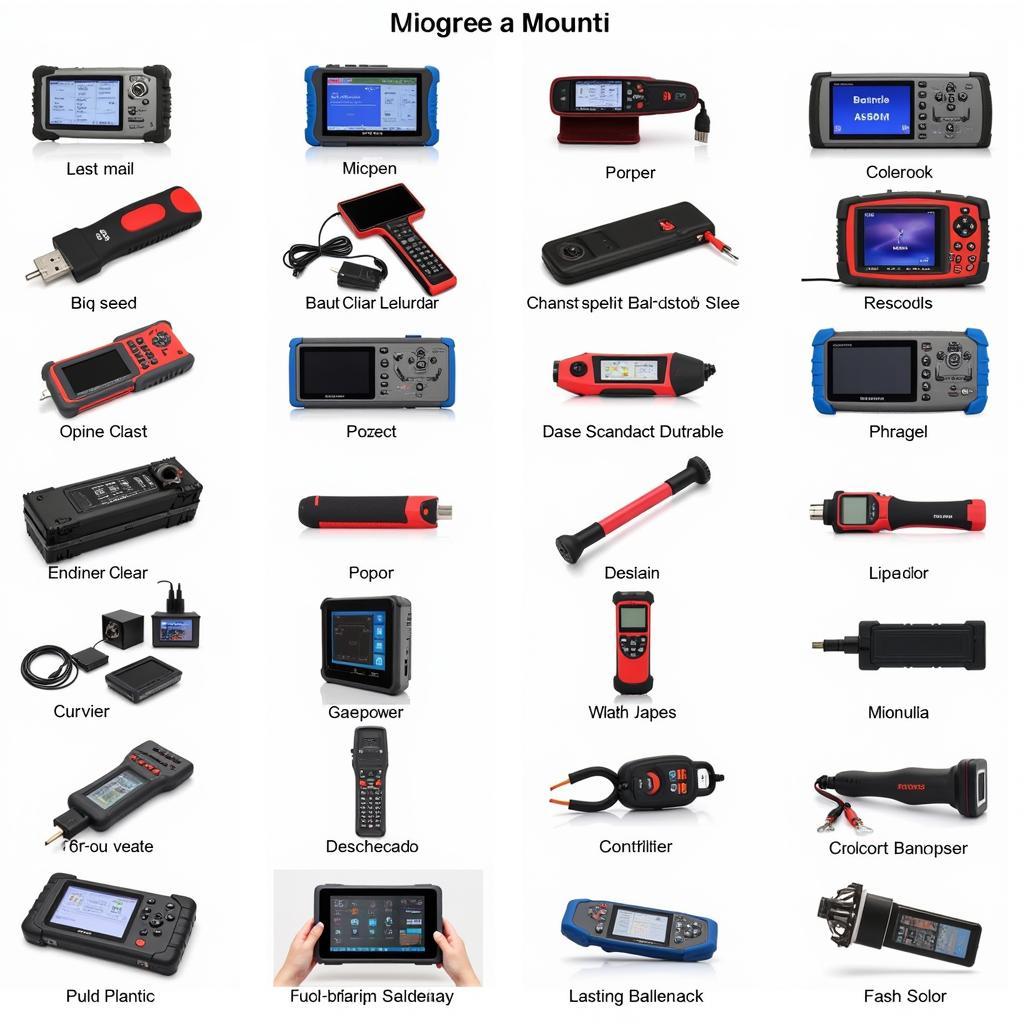 Different Types of Diagnostic Tools
Different Types of Diagnostic Tools
In conclusion, understanding the difference between a code reader and a diagnostic tool is critical for anyone involved in car maintenance and repair. While a code reader provides a quick overview of potential issues, a diagnostic tool offers the comprehensive analysis needed for effective troubleshooting. Choose the tool that best suits your needs and technical expertise, and keep your car running smoothly.
For any assistance or further inquiries, please don’t hesitate to contact us at ScanToolUS. Our team is always ready to help you find the perfect diagnostic solution for your automotive needs. You can reach us at +1 (641) 206-8880 or visit our office at 1615 S Laramie Ave, Cicero, IL 60804, USA.

